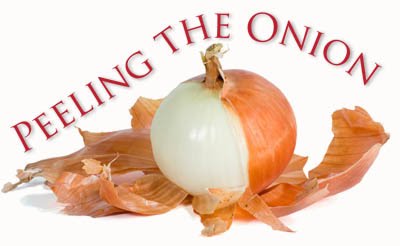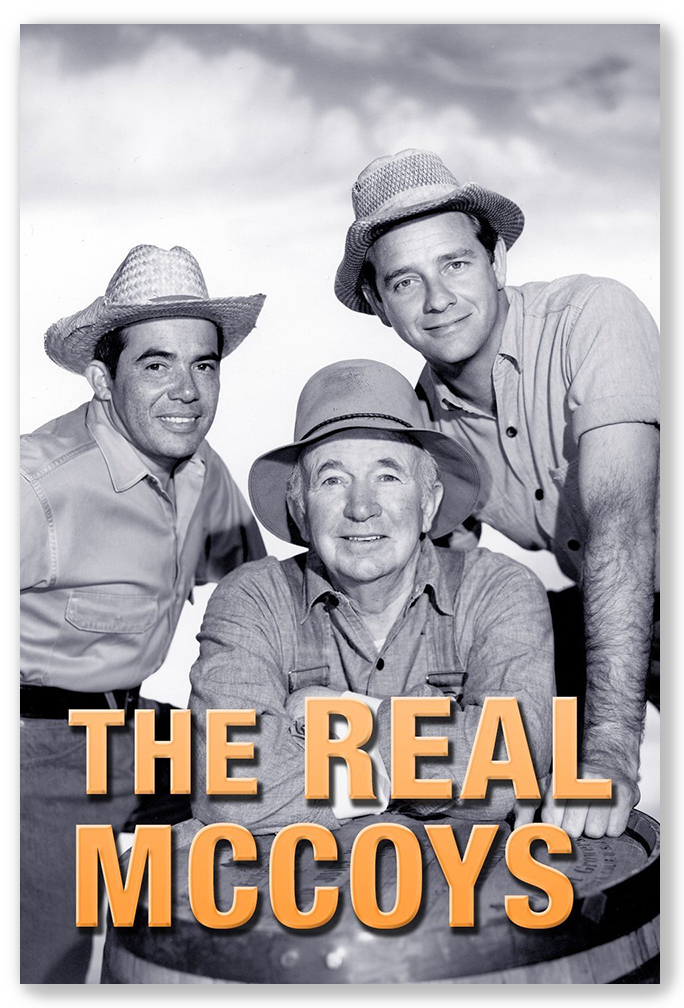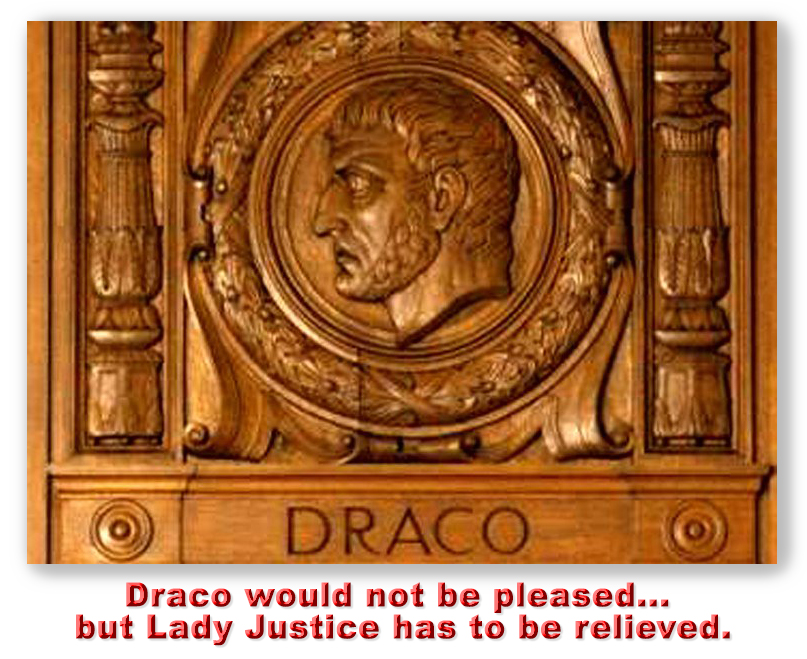We post news and comment on federal criminal justice issues, focused primarily on trial and post-conviction matters, legislative initiatives, and sentencing issues.

A SOLITARY RAY OF LIGHT…
There was a single bright spot in otherwise dreary judicial news last week.
 When an appeals court 3-judge panel issues a precedent-making opinion, no other 3-judge panel can invalidate it. Only the court of appeals sitting en banc (all of the active judges as one court) can do that.
When an appeals court 3-judge panel issues a precedent-making opinion, no other 3-judge panel can invalidate it. Only the court of appeals sitting en banc (all of the active judges as one court) can do that.
So when a 3-judge panel does something stupid, what can another 3-judge panel do about it?
Last week, a 6th Circuit panel employed one method of finessing a way around a lousy opinion: it distinguished it. That means the judges found some factual difference that let them rule the way they thought they should rule, regardless of the prior opinion.
Ian Owens was charged with one count of bank robbery. He wouldn’t take a deal, so the government added an 18 USC § 924(c) count for using a gun in the commission of a violent crime. He still wouldn’t deal, so the government added another. By the time Ian went to trial, the government had heaped five § 924(c) counts on top of the robbery. Because the case was decided much before the First Step Act changed things around, the § 924(c) counts were stacked, with the second through fifth counts each carrying a mandatory 300 months. Ian was sentenced to 1370 months (114 years).
When Ian filed a compassionate release motion claiming that he wouldn’t get that kind of time after the First Step Act ended § 924(c) stacking and that his co-defendants all got a lot less time than he did, he ran into two prior 6th Circuit decisions, United States v. Tomes and United States v. Wills. Both of those cases said First Step changes in 18 USC § 924(c) could not be used as extraordinary and compelling reasons for a compassionate release sentence reduction. The district court did not consider Ian’s evidence of rehabilitation, any other bases for a finding of extraordinary and compelling reasons, or the 18 USC § 3553(a) sentencing factors.
 Last week, the 6th Circuit split hairs in a split decision, and explained away Tomes and Wills. In those cases, the Circuit said, the prisoner argued only that the First Step Act changed § 924(c) stacking. But Ian had three reasons supporting his extraordinary and compelling showing, not just one. That made his case “factually distinguishable,” the 6th said. “Owens points to the fact that his lengthy sentence resulted from exercising his right to a trial and to his rehabilitative efforts as additional factors that considered together constitute an extraordinary and compelling reason meriting compassionate release,” the Circuit said. “Further, the district court in Owen’s case did not consider these other factors and, instead, summarily concluded that his First Step Act 403 argument was meritless.”
Last week, the 6th Circuit split hairs in a split decision, and explained away Tomes and Wills. In those cases, the Circuit said, the prisoner argued only that the First Step Act changed § 924(c) stacking. But Ian had three reasons supporting his extraordinary and compelling showing, not just one. That made his case “factually distinguishable,” the 6th said. “Owens points to the fact that his lengthy sentence resulted from exercising his right to a trial and to his rehabilitative efforts as additional factors that considered together constitute an extraordinary and compelling reason meriting compassionate release,” the Circuit said. “Further, the district court in Owen’s case did not consider these other factors and, instead, summarily concluded that his First Step Act 403 argument was meritless.”
It was not necessarily meritless, the 6th said. “In making an individualized determination about whether extraordinary and compelling reasons merit compassionate release, a district court may include, along with other factors, the disparity between a defendant’s actual sentence and the sentence that he would receive if the First Step Act applied…”
The decision seems to have jumped onto a rather technical difference between Ian’s situation and the prior cases, but those prior decisions largely stink. Now, the odor has been contained, or – as lawyers like to say – Tomes and Wills have been “limited to their facts.”
United States v. Owens, Case No 20-2139, 2021 US App LEXIS 13656 (6th Cir May 6, 2021)
– Thomas L. Root













 There is little doubt that this issue, and probably the whole “attempt” furball, is headed for the Supreme Court.
There is little doubt that this issue, and probably the whole “attempt” furball, is headed for the Supreme Court.











